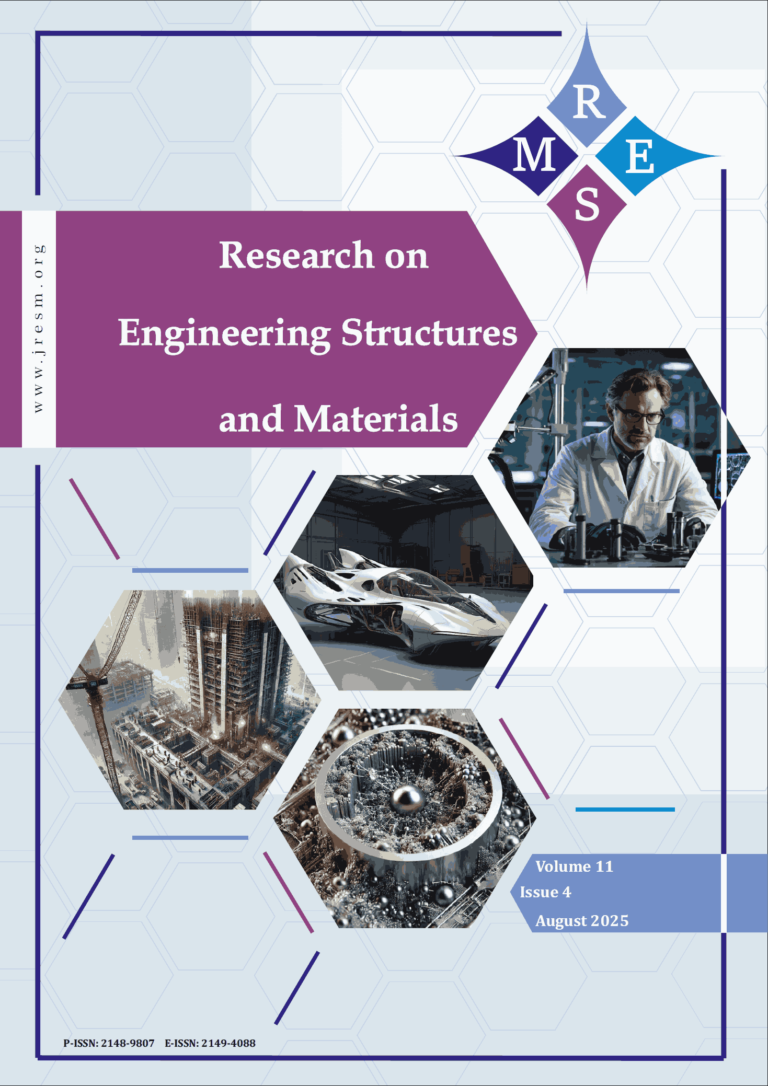The present issues related to global warming have attracted refrigerants with low Global Warming Potential (GWP). Two of the most promising low-GWP refrigerants, R32 (difluoromethane) and R290 (propane) are flammable. The addition of a flame retardant to R290 or R32 can enhance their flammable characteristics. Trifluoroiodomethane (R13I1) is a flame retardant with an enormously low global warming and can be used as a component of the refrigerant. In addition, dispersing nanoparticles in these refrigerants improves thermal conductivity. Nanorefrigerants are new refrigerants possessing better heat dissipation performance over traditional refrigerants. An ultra-low GWP mixture refrigerant consisting of R32, R161 and trifluoroiodomethane with aluminum oxide (Al2O3) nanoparticles is used in the present study. Simulation Model-based theoretical results of R410a and with R410a/Al2O3, mixture refrigerant (R32, R161 and trifluoroiodomethane) and nanorefrigerant (R32, R161 and trifluoroiodomethane with aluminum oxide nanoparticles) are carried. The study shows the coefficient of performance (COP) of R410a/Al2O3 and M (R32/R161/R13I1)/Al2O3 increased by 47.3% and 89.8% respectively. The power-saving up to 31.8% and 47.2% at a volume concentration of 0.09%. The comparison has been made with reference to the R410a/Al2O3 system. The thermophysical properties of refrigerants have been calculated using REFPROP (NIST properties of fluid reference). The theoretical model-based calculations are computed in MATLAB software. This study provides an insight in providing appropriate refrigerant substitutes for air conditioning systems.
